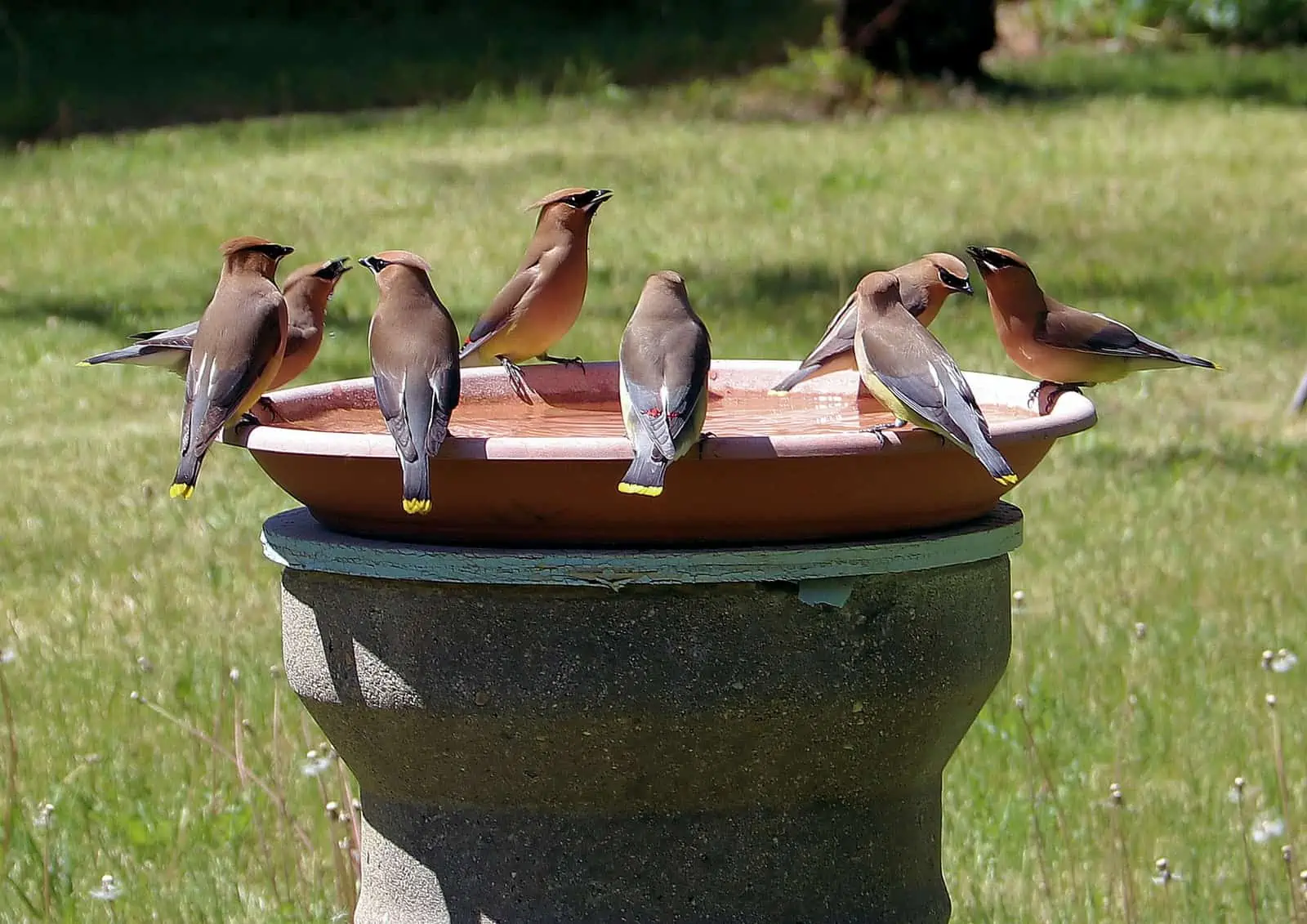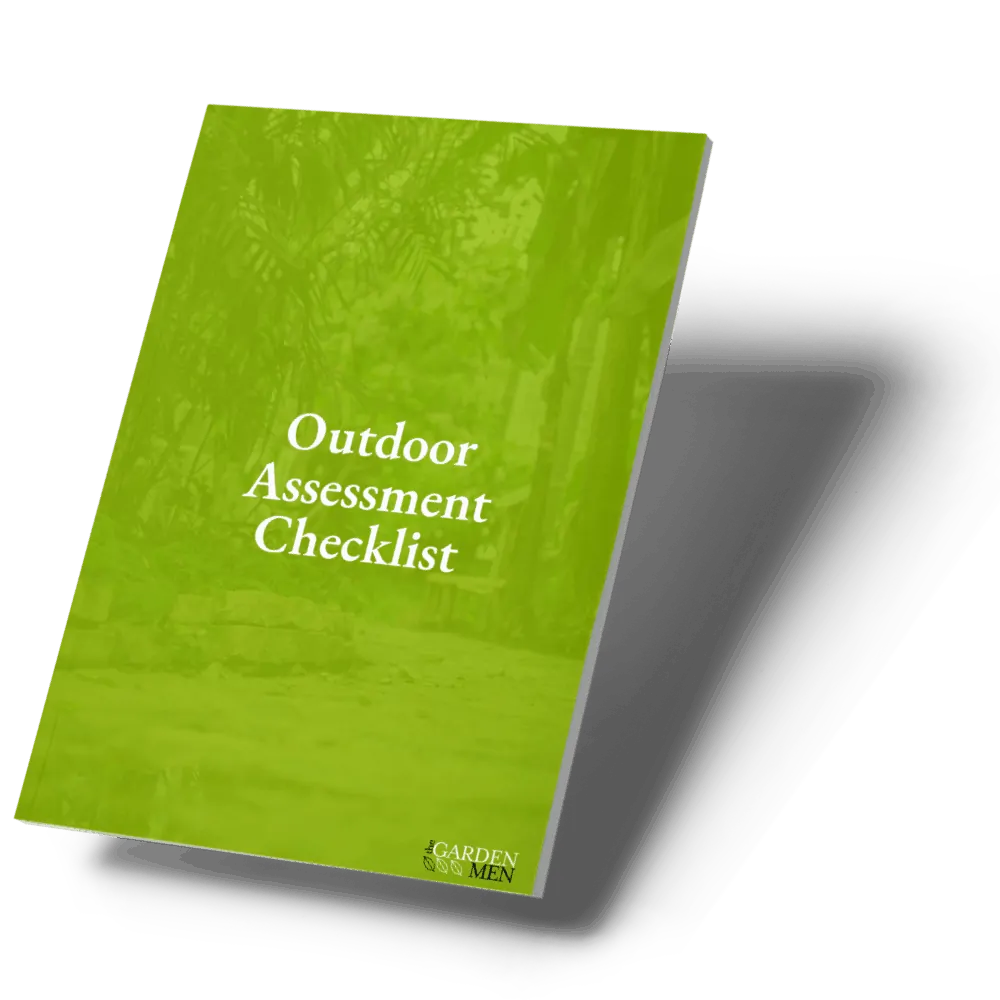A bird bath is a lovely way to bring some of nature’s joy into your backyard. These simple installations are favourites among birdwatchers and creative landscapers.
Any small, artificial water basin can serve as a bird bath. Traditional backyard baths consist of a pedestal and a bowl. A typical pedestal is around three to four feet tall, supporting a bowl that provides around two inches of water depth.
Bird baths are widely available at garden centers and home improvement stores. Adding one to your property is a great favor to your feathered friends and turns your backyard into a more lively and eco-friendly environment.
Bird-bath maintenance is simple, but there are just a few things to keep in mind to make sure that you aren’t creating any hidden dangers for birds.
How a Bird Bath Helps Birds
Lots of folks set up bird feeders. Fewer think to provide a clean water supply. Birds need water to meet two basic needs; drinking and bathing.
Birds don’t have sweat glands, so they drink less than mammals. Nevertheless, they do need to consume water. Adult birds drink enough every day to make up about 5 percent of their body weight. Drinking replaces water lost through respiration, evaporation, and waste removal.
Just as important as drinking is bathing. Birds bathe to take care of their feathers. Wet feathers can be more easily preened. During preening, birds rearrange their feathers and distribute preen gland oil. This process helps to waterproof a bird’s body and trap a layer of air underneath the feathers, improving body heat insulation.
Beyond the practical benefits, birds clearly take joy in a nice bath. They splash and sing and seem to be having a splendid time. Unfortunately, suburban landscapes don’t always provide safe and clean water sources, so backyard bird baths provide valuable drinking and bathing water.
Bird Bath Dos and Don’ts
Bird baths are wonderful for their winged visitors, but only if they’re properly situated and maintained. If you choose to set up a bath, commit to keeping it clean, full, and safe.
Follow these guidelines for responsible bird bath upkeep.
Keep the Bird Bath Area Safe From Cats
Domestic and feral cats are among the world’s most destructive invasive species. They’re a menace to suburban birds.
If your backyard receives feline visitors, report the problem to your local animal-control agency. Then, set up your bird bath near enough to trees or shrubs to provide shelter and shade, but not so close that an ambushing predator could take advantage.
Keep the Bath Full and Clean
Once your neighbourhood birds get used to your bird bath, they’ll grow to count on it as a water supply. Don’t let them down! Put in the effort to keep the bath full.
While an empty bird bath is useless, a contaminated one can be harmful. To prevent mold and disease build-up, don’t position the bath so that leaves and debris will fall into it. Avoid using chemicals nearby, and replace the water every two to three days.
To create an appealing water supply, add some ripples to the surface. Motion in the water attracts birds and prevents mosquitos from laying eggs. Electric-powered fountains and “Water Wigglers” provide continuous movement that keeps your bath clean and appealing.
Finally, hose off the bath when you replace the water. When it gets dirty, give it a thorough cleaning. Use nine parts water and one part distilled white vinegar as a cleaning solution. Scrub away the debris and then rinse thoroughly.
Sprucing Up Your Landscaping With Avian Life
A well-curated lawn is pleasant and attractive. However, the best property-owner delights come when your lawn and garden are full of life. Along with pollinator-friendly plants, bird feeders, and other nature-friendly installations, a bird bath is a great way to attract wildlife to your property.






